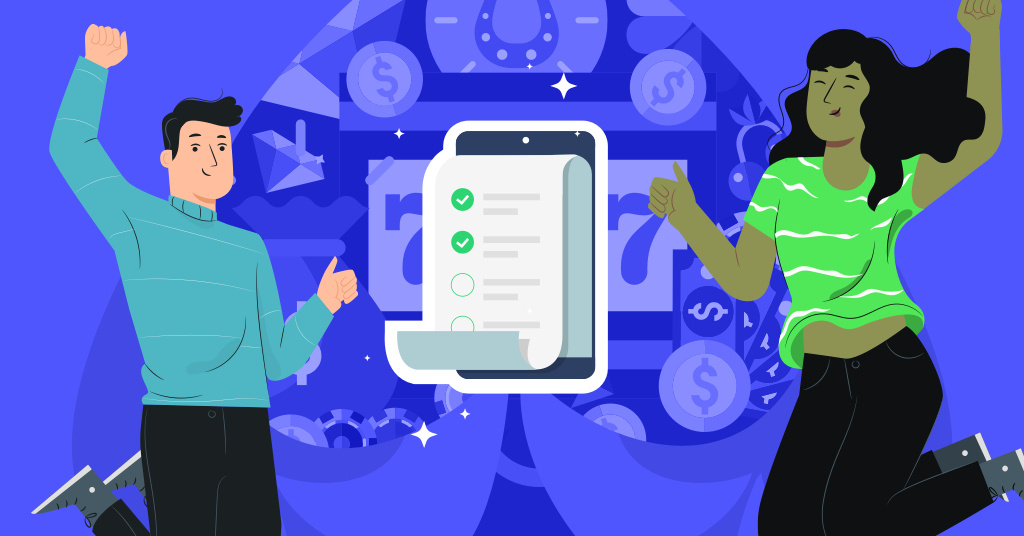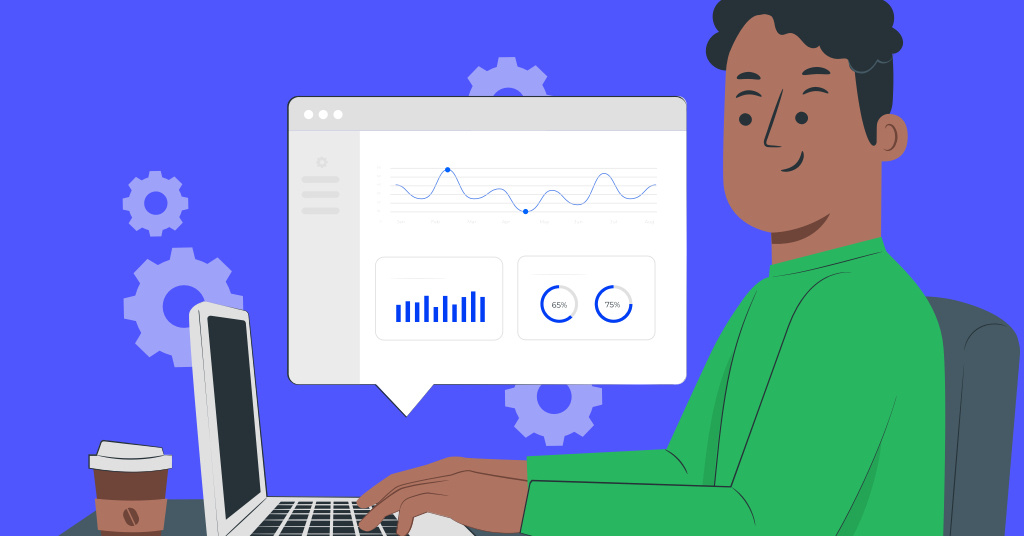iBeacons have a broad range of potential use and part of that is consumer-focused. With the iBeacon it’s all about the applications and how mobile engagement can be increased through interactions based on location. There are a multitude of potential applications available for this technology. iBeacons are more likely to be successful where a problem can be solved for instance people navigating indoors, finding out about promotional deals and possibly even paying for things without waiting in line, which already exists in Apple stores.
In a more personal setting iBeacons can help around the house. By placing iBeacons inside the home, an iPhone or Android device could automatically pick up a signal when in their proximity and automatically trigger a push notification which would launch your closest home application.Take a look at video on iBeacon: [vimeo http://vimeo.com/83200227]
Here is how your iPhone and iBeacon could work together in your home:
- You pull into the driveway after a long day at work, the driveway and porch lights come on. The door is unlocked for you as you approach it.
- As soon as you enter your home the iBeacons could trigger a push notification to open the doors or window shades.
- You walk into your kitchen and pass an iBeacon attached to your oven door, your iPhone or Android device wakes and automatically launches a kitchen timer app.
- And as you sit down to relax in the living room to possibly enjoy some Netflix on Apple TV, it opens your Remote app.
In essence, an iBeacon in your life when placed correctly in the home can make your life easier. It has the potential to turn your iPhone into a contextually aware, automatic Swiss Army knife of mobile software that responds instantly to your environment.














